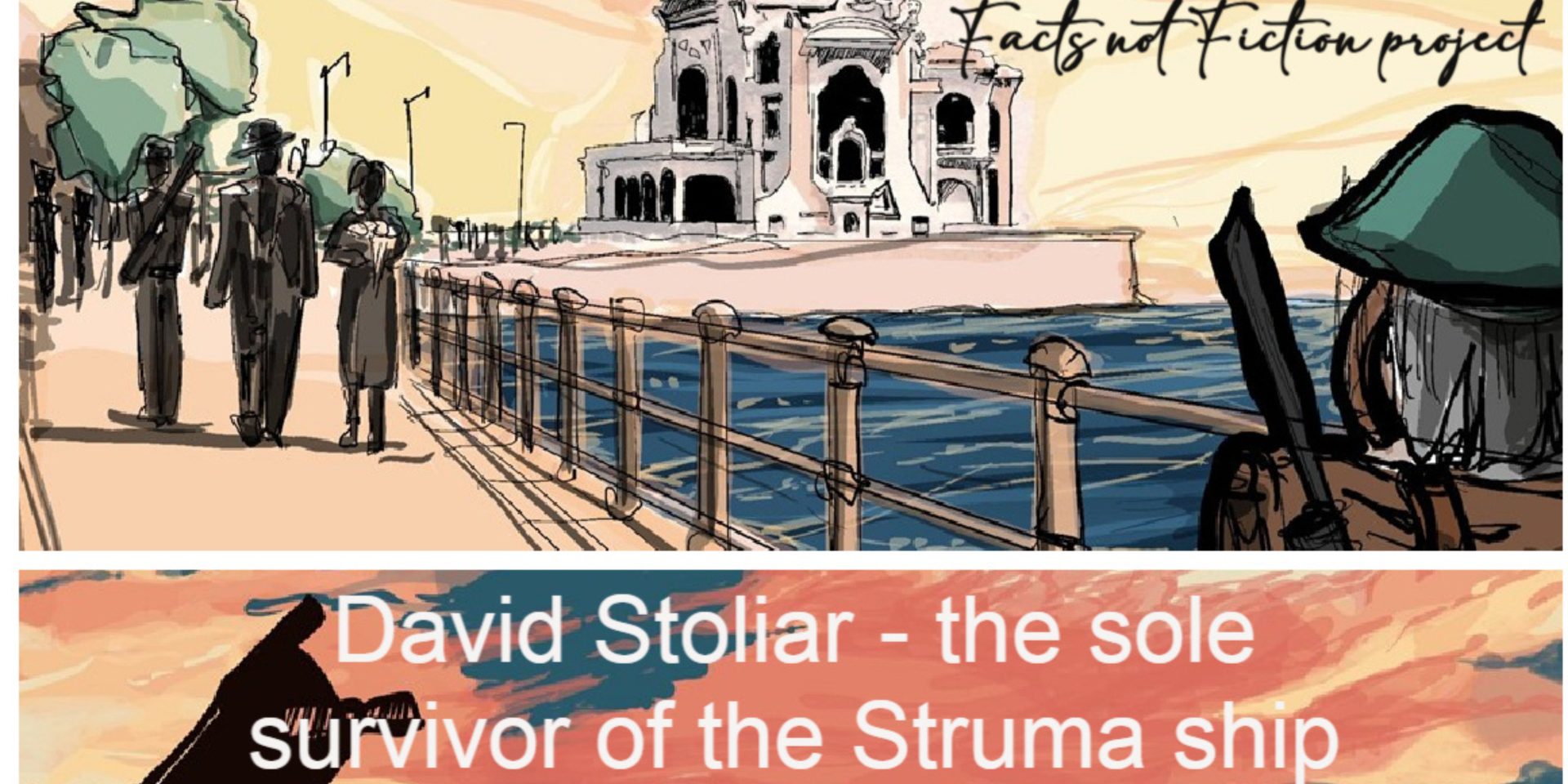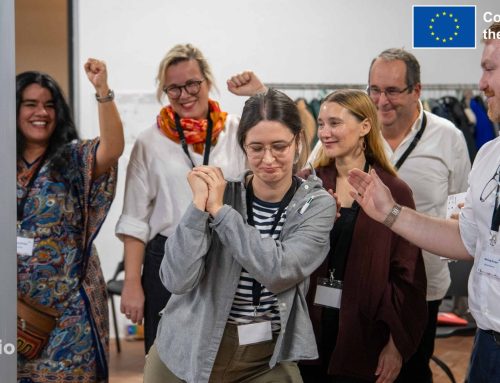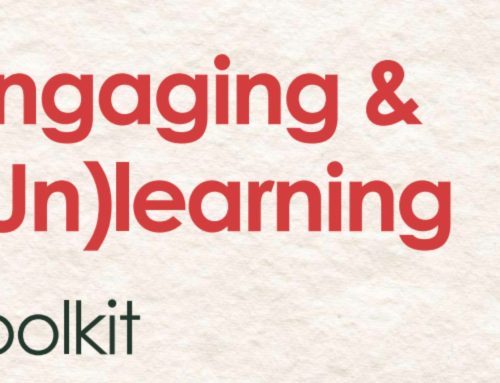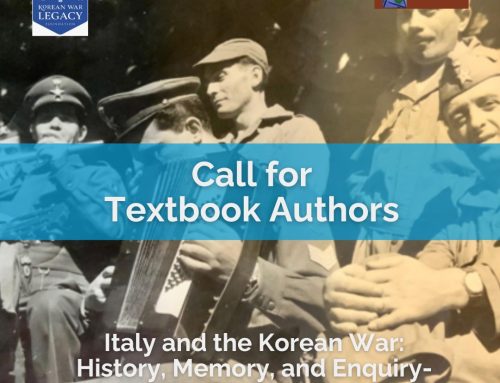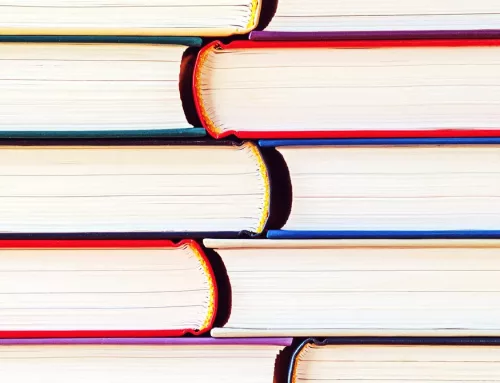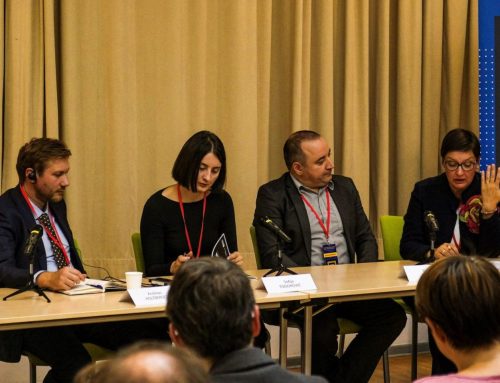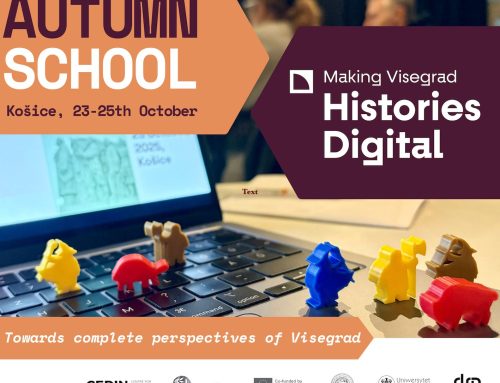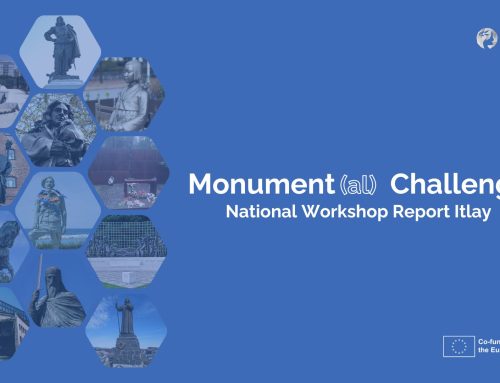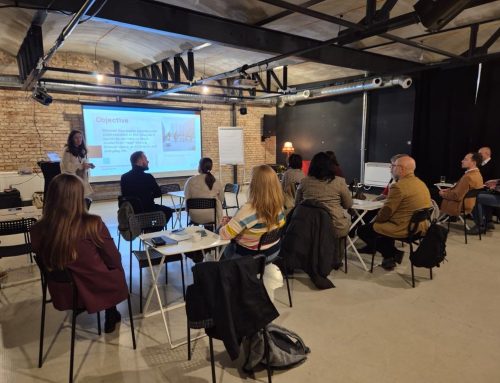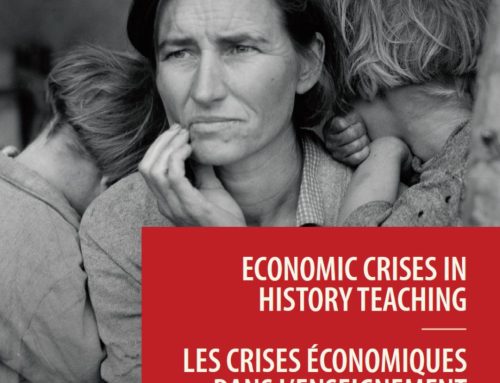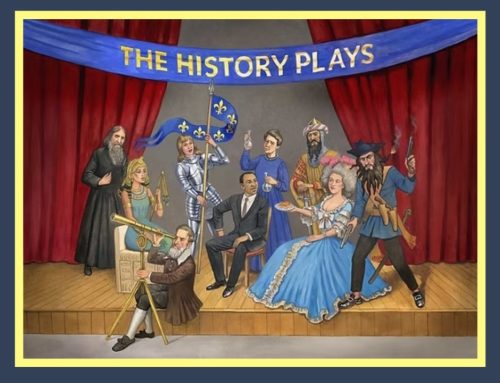Facts, Not Fiction – An Interview with Cristina Gila
By EuroClio trainee Duillean O’Sullivan
EuroClio trainee Duillean O’Sullivan interviewed Cristina Gila, a history teacher at The National Pedagogical College Constanța in Romania. Cristina has been teaching students aged 11 to 18 since 1995. In 2023, she completed her PhD on intercultural education, focusing on the history of Romania and the role of education in promoting understanding across cultures. Passionate about democracy and tolerance, Cristina has been involved in several European projects on these themes, including serving as a European School Ambassador. She also coordinates pedagogical practice for student teachers.
About the Project
The interview centered on a recent project Cristina conducted with her older students (aged 16–18) as part of Facts, Not Fiction, a EuroClio initiative that supports educators in tackling disinformation and promoting critical thinking in history education ( https://euroclio.eu/projects/facts-not-fiction/ ). The initiative aimed to develop their cultural competencies, civic awareness, critical thinking, and life skills, all crucial for nurturing a generation capable of sustaining and advancing a peaceful, democratic world. Cristina’s and her students’ research focused on the years 1939–1944, particularly examining the Jewish communities in Romania during the rise of antisemitism and the mass deportations to concentration camps. The project was titled “ History behind the dusty jewelry,” chosen by the students themselves to highlight the often-overlooked history of Constanța’s Jewish population. Through the project, students explored traces of the past still visible today, old homes, the city’s two synagogues, and stories of those who were deported. It was both a historical and human journey, aimed at rediscovering their community’s shared heritage.
Student Involvement and Learning Process
The students took full ownership of the project, choosing the title, planning the workflow, and dividing responsibilities. They reflected deeply on themes of humanity, tolerance, and diversity. A key challenge was writing a script for a graphic novel inspired by their research. To help with this, the students collaborated with museum educators, archivists, and tour guides, and attended comic book workshops. These experiences guided them in transforming historical research into creative storytelling that could resonate with younger audiences.
Key Activities
In December 2024, the first activity focused on the local history of the Jewish community in Constanța. The Dean at the faculty of history at Ovidus University of Constanța gave a presentation on the importance of studying Jewish history and holocaust memorial as future global citizens.
Students visited the County of National Archives, emphasising the importance of community collaboration and found documentation about the two synagogues and the personalities involved. They worked with other ethnic people too. Thirdly, a guide from Museum of National History and Archaeology led a city tour, sharing insights into Constanța’s monuments and historical landmarks. They later met Nicolae Drăgușin ( researcher from the Elie Wiesel National Institute for Studying the Holocaust in Romania) , learning about Jewish communities and citizenship legislation during the interwar period.
Between 21st-23rd January 2025,two students participated in a graphic novelist expert training workshop in Novi Sad led by Miško Stanišić from Facts Not Fiction partner organisation Terraforming, exploring how art can be used to present history. They also collaborated with Podcast creators to produce an educational podcast about the life of teenagers during World War II e.g. Sofia Kapon,, a girl who suffered and was forced to leave high school and was forced to live in Cobadin and then Osmancea 1941-1942.The podcast, published on Spotify, featured interviews, historical discussions, and student presentations. They followed all key production steps, from concept and recording to promotion and distribution. Cristina noted that editing was the most challenging part, but the final product was both professional and impactful. In March 2025, the students visited the Auschwitz concentration camp in Poland, which Cristina described as “a powerful experience for them.”
Impact and Reflection
Cristina described the project as “a ray of hope regarding the role of education in promoting tolerance, diversity, and human rights.” Through this work, students gained a deeper understanding of World War II and the Holocaust, learning to define historical terms, create timelines, and engage critically with primary sources. Most importantly, they learned to ask meaningful questions, connect with real stories, and reflect on the values that shape a democratic society.
Image: Example of students’ graphic novel “David Stoliar- the sole survivor of the Struma ship” developed as part of the Facts not Fiction project

